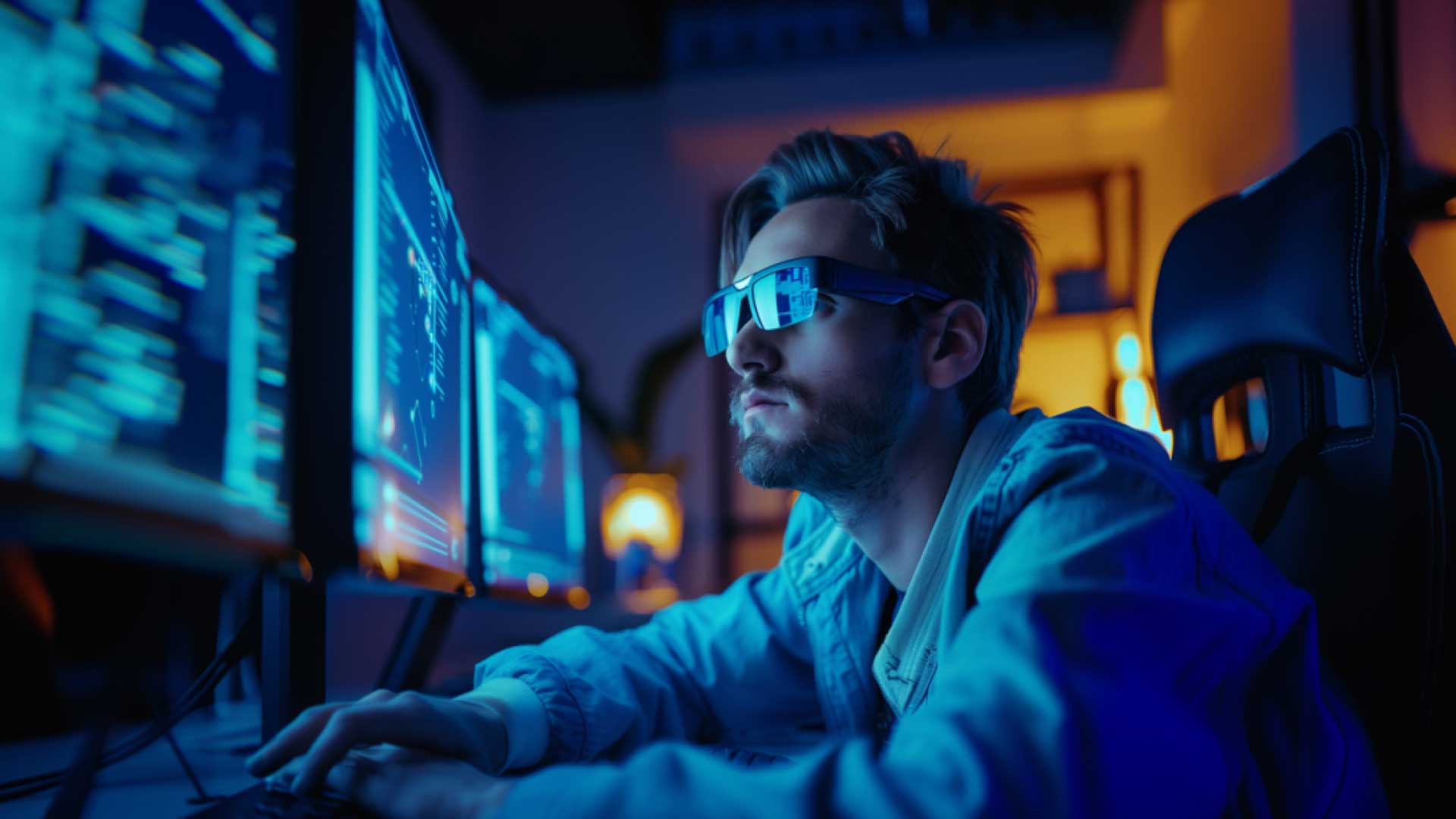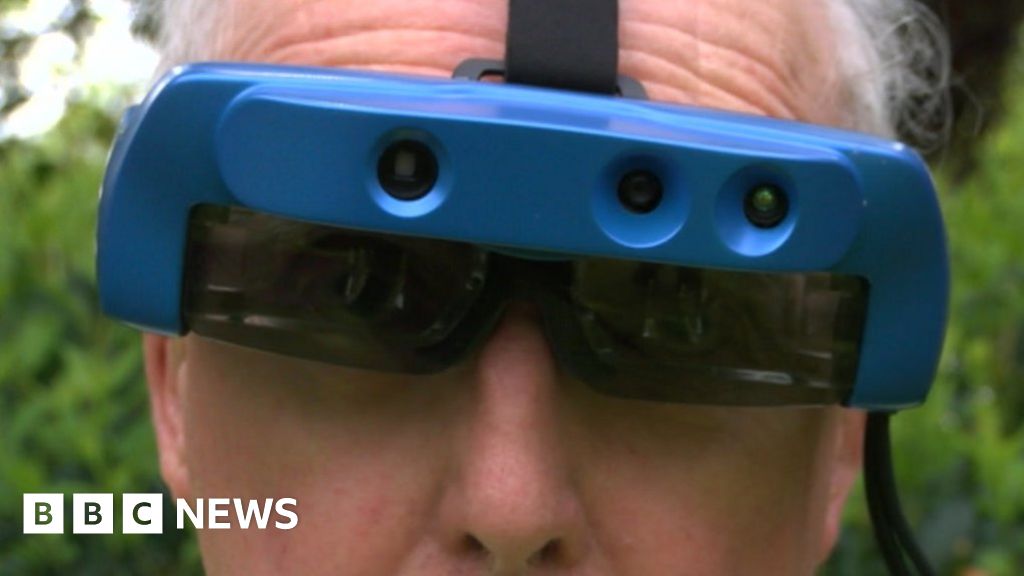Mobility Aids for Visually Impaired Users: Enhancing Independence and Navigation
Mobility Aids for Visually Impaired Users: Enhancing Independence and Navigation
Blog Article
Empowering Freedom With Assistive Technology for the Blind
The assimilation of assistive innovation for people that are blind or aesthetically damaged stands for a substantial development in promoting self-reliance and enhancing lifestyle. With an array of tools-- from screen readers to ingenious tactile tools-- these innovations not only help with navigating and interaction yet additionally advertise social addition and involvement in different elements of life. As we check out the diverse sorts of assistive devices and their real-world applications, it ends up being clear that the influence is profound. Yet, the advancement of this modern technology raises vital concerns about ease of access and future advancements that require further exam. Assistive technology for the blind.
Understanding Assistive Modern Technology
Although assistive technology has actually evolved dramatically over the years, its essential purpose stays the very same: to enhance the lifestyle for individuals with specials needs, particularly those who are blind or aesthetically impaired. This modern technology includes a wide variety of devices and tools that assist in independence and functionality in everyday tasks.
Assistive modern technology can be classified into modern and low-tech remedies, each designed to meet particular requirements. Sophisticated tools typically consist of software program applications, specialized equipment, and flexible gadgets that make use of innovative modern technology to provide support in various contexts. On the other hand, low-tech remedies might entail everyday items that are changed to improve ease of access, such as magnifiers or responsive pens.
The integration of assistive technology right into the lives of people who are blind or aesthetically impaired not only advertises autonomy however likewise fosters social inclusion and involvement in professional and instructional settings. By leveraging these modern technologies, customers can browse their surroundings, gain access to information, and communicate efficiently, thus improving their general lifestyle. Understanding assistive technology is crucial for caregivers, professionals, and supporters who intend to sustain individuals in optimizing their prospective and achieving better freedom.
Kinds Of Assistive Devices
Assistive devices for the visually damaged and blind are essential tools that boost daily obeying addressing certain difficulties encountered by users. These tools can be extensively categorized into 3 main kinds: optical devices, digital tools, and sensory gadgets.

Sensory tools, such as Braille displays and responsive maps, supply different means to obtain details. Braille shows transform electronic text into Braille, allowing customers to go through touch. Tactile maps provide spatial understanding with increased lines and structures, permitting for much better environmental understanding.
Together, these assistive tools encourage people with visual impairments to engage more totally with their surroundings, advertising greater independence and self-confidence in day-to-day tasks.

Effect On Every Day Life
The assimilation of assistive innovation right into the daily lives of people that are blind or visually impaired significantly boosts their capacity to browse and interact with the globe around them. Devices such as display viewers, Braille shows, and mobile applications facilitate accessibility to details, permitting users to engage with digital web content, connect properly, and take care of day-to-day jobs separately.
Additionally, modern technologies like wise glasses and navigation applications supply real-time assistance in unknown settings, enhancing mobility and confidence. These devices enable individuals to identify challenges, checked out indicators, and also recognize faces, therefore promoting a feeling of freedom in public rooms. Additionally, home automation systems, which can be controlled via voice commands, allow individuals to handle their living environments extra successfully, enhancing comfort and safety.
The effect of assistive innovation prolongs beyond useful tasks; it promotes social inclusion and emotional wellness. By bridging the void in between people and their surroundings, these innovations empower users to participate totally in community activities, pursue instructional possibilities, and engage in significant relationships. Ultimately, the improvement of assistive modern technology contributes in redefining click reference the possibilities for people that are visually impaired or blind, causing a much more obtainable and comprehensive society.
Success Stories and Reviews

An additional effective testimonial originates from Mark, a recent university graduate who made use of display analysis software throughout his scholastic trip. This modern technology enabled him to access course products and take part in discussions, ultimately resulting in his effective shift right into the labor force. Mark credits assistive technology for empowering him to attain his career objectives, stressing its duty in leveling the having fun field for individuals with aesthetic problems.
Furthermore, recreation center have reported enhanced involvement in their programs many thanks to the intro of available electronic platforms. These systems have actually made it less complicated for individuals to link, share resources, and assistance each other. These success tales jointly underscore the profound impact of assistive technology in fostering freedom, enhancing lifestyle, and breaking down barriers for the aesthetically damaged and blind community.
Future Fads in Assistive Technology
Emerging technologies are poised to reinvent the landscape of assistive tech for individuals who are blind or aesthetically impaired. Technologies in artificial knowledge (AI) and maker understanding are boosting the capabilities of devices, making it possible for even more instinctive individual experiences. AI-driven applications are progressively able to identify items and read message out loud in real-time, giving users with beneficial details concerning their surroundings.
Additionally, advancements in wearable modern technology are creating new possibilities for self-reliance. Smart glasses geared up with enhanced truth attributes can overlay critical info onto the user's visual field, assisting in navigating and communication with the environment. Additionally, the combination of Internet of Things (IoT) gadgets is improving access in smart homes, enabling customers to manage home appliances and obtain notifications via voice commands or tactile interfaces.
The advancement of braille displays and responsive feedback systems is likewise increasing, promoting access to digital web content and enhancing communication. As these technologies continue to develop, they promise to improve everyday living, instructional possibilities, and work prospects for individuals with aesthetic problems. Continual collaboration in between technologists, individuals, and campaigning for teams will be necessary in ensuring these advancements fulfill the demands of the community effectively.
Conclusion
In conclusion, assistive innovation plays a crucial role in improving the self-reliance of individuals who are visually damaged or blind. By providing necessary devices and sources, these innovations promote boosted communication, navigation, and access to details, thereby cultivating freedom and confidence. The transformative impact of assistive gadgets not just promotes reliable communication with the atmosphere yet likewise motivates social addition and participation in different elements of life, ultimately empowering customers to grow within their areas.
The integration of assistive modern technology for people optometrist hours who are blind or aesthetically damaged represents a considerable innovation in cultivating freedom and boosting top quality of life.The integration of assistive innovation into the lives of individuals that are blind or aesthetically harmed not only advertises freedom however likewise promotes social inclusion and involvement in instructional and specialist atmospheres. Ultimately, the innovation of assistive innovation is crucial in redefining the opportunities for individuals that are visually damaged or blind, leading to a more inclusive and Full Article obtainable society.
Lots of individuals that are aesthetically impaired or blind have shared inspiring success stories that highlight the transformative effect of assistive modern technology on their lives.In final thought, assistive modern technology plays an essential function in improving the independence of individuals who are aesthetically damaged or blind.
Report this page